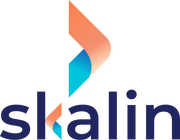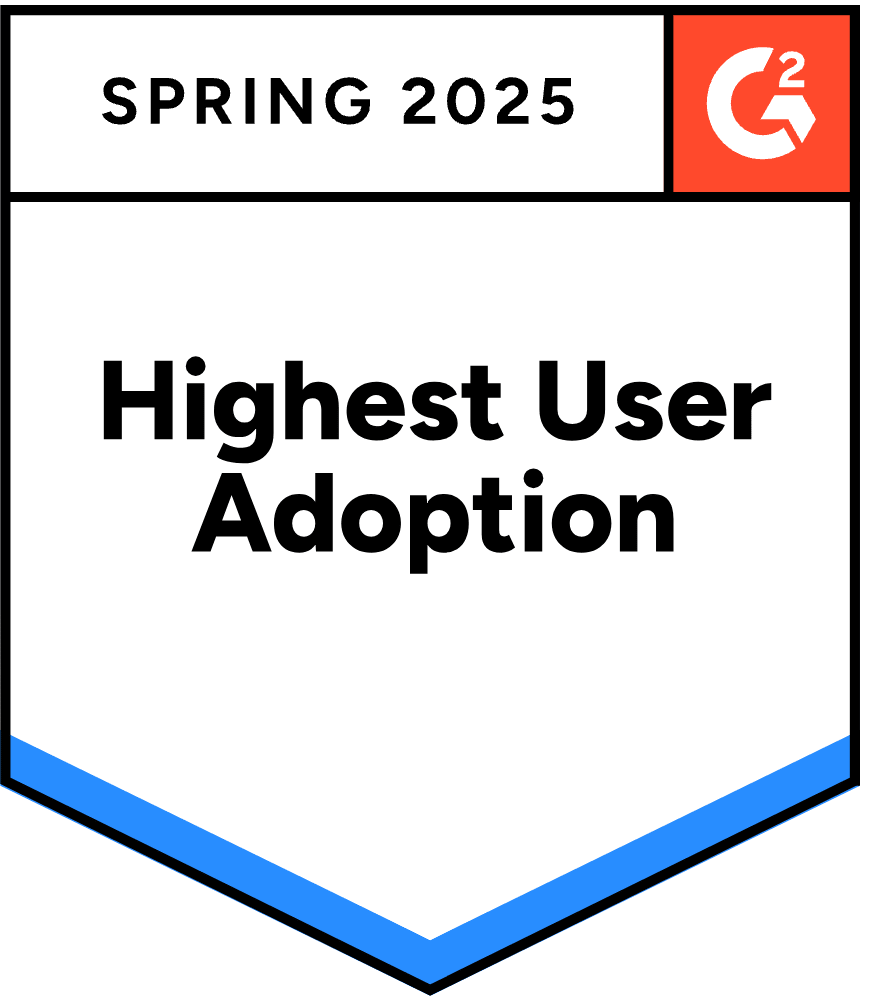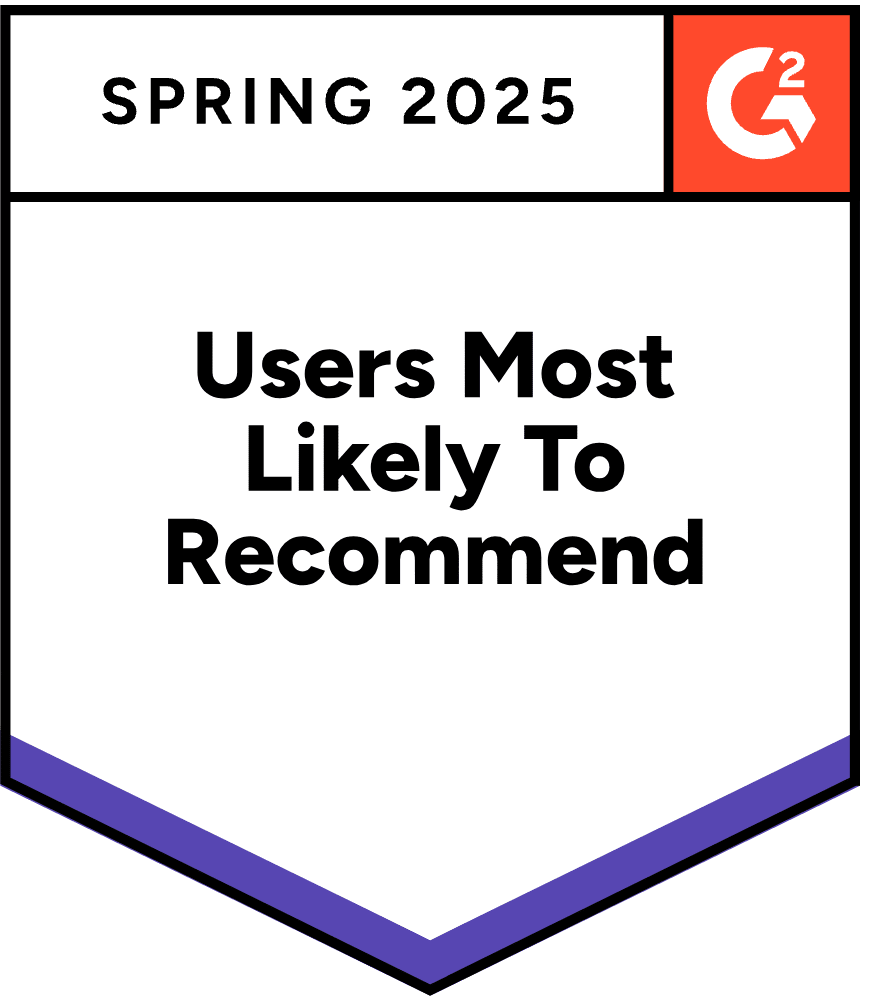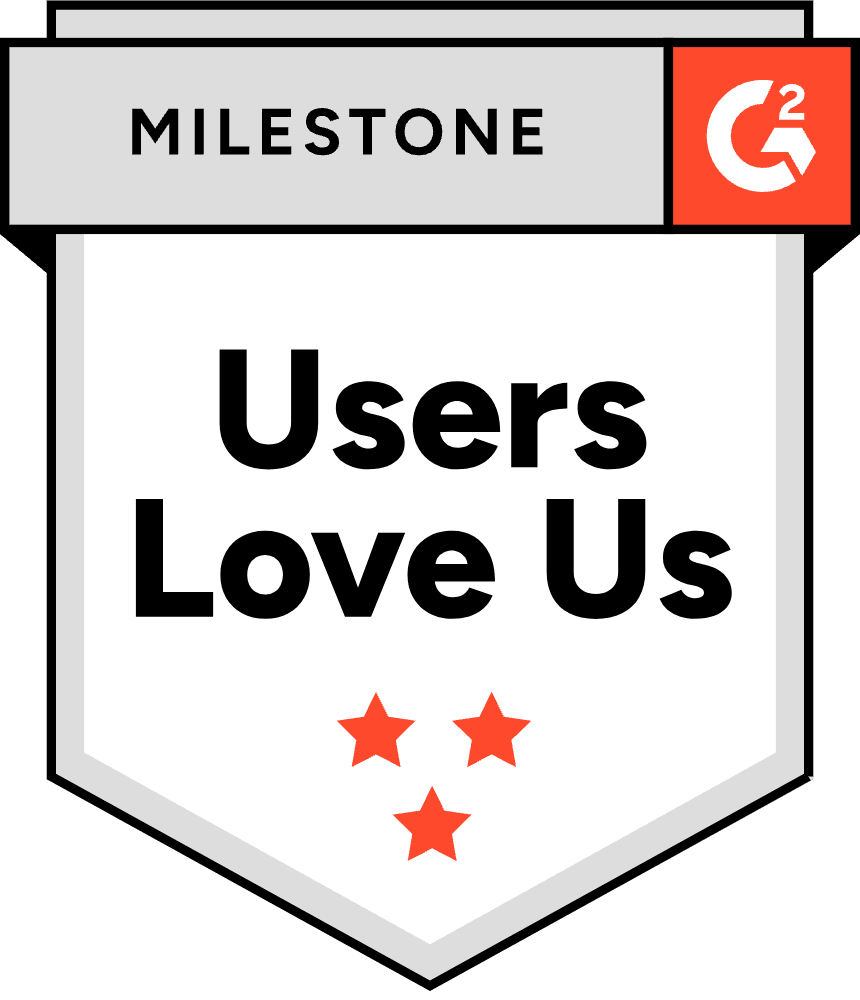ChatGPT has revolutionised AI accessibility, making it available to a wide audience. In a professional context, it can save you valuable time. However, it is crucial to use it correctly and be aware of its limitations. At Skalin, we conducted extensive testing before integrating it into our Customer Success platform. Here’s our feedback and advice on how to make the most of it.
How to use ChatGPT in Customer Success
During our tests, several use cases stood out. For our initial trial, we found that analysing customer interactions was the most promising area. Here are the five use cases we deployed in production, along with the prompts that helped us achieve the best results!
Case #1: Writing a Summary of Customer Discussions
One of the most compelling examples is requesting a summary of discussions with the customer over the past six months, providing as much context as possible.
- If you are the CSM responsible for the account, you might not learn anything new—in fact, you shouldn’t. However, this process can help surface issues that were raised but not addressed. You can then decide whether to bring these issues back onto the agenda if relevant.
On the other hand, if you are the team manager with little or no direct contact with the customer, this summary provides a quick overview of the current situation and the main topics discussed recently. It’s incredibly useful for preparing for the next steering committee meeting (CoPil) with minimal effort.
Prompt used : “You're a CSM working for a B2B software company and you have access to every interaction with a specific customer from the last 6 months. You'd like to gather key information from these interactions. Highlight the main topics discussed with the customer. Focus on the important points (whether we're on track to meet the customer's objectives, the main technical challenges, recurring requests, major problems, outstanding issues, but also successes, positive feedback, overall satisfaction and sales opportunities...). Avoid insignificant details (based on e-mail notifications, meeting schedules, system notifications...). The information contained in notes and comments is much more relevant than the others, so you can give them more weight in your analysis. Provide your answers in the form of bullet points and numbers. For each bullet point, give a little context (who's involved, date of topic...). If you don't have anything relevant to say, don't improvise. Sort by date (most recent at the top) and importance. Don't name customers' first and last names. Try not to use the same interaction in different bullets to avoid repetition. Your answer should contain a maximum of 10 bullets. line break between each paragraph.”
Example of results in Skalin :
Case #2: Summarising Positive Customer Feedback
You can ask ChatGPT to compile positive feedback and reasons for customer satisfaction. This is particularly useful when the situation is less favorable, as it allows you to remind customers of all the benefits they’ve previously mentioned when using your solution.
Prompt used: “You're a B2B software vendor and I have access to all interactions with my customer over the last 6 months, such as meetings, emails exchanged, support tickets, as well as notes and comments on these interactions. Please analyze the interactions with the client over the past 6 months, including emails exchanged, notes and comments. Identify positive feedback, strengths mentioned by the client, and areas where they expressed satisfaction. Highlight best practices and successes to emphasize in future interactions with other clients. Provide a concise summary of the key points as bullet with numbers. If you don't have anything relevant to say, don't improvise. Sort by date (most recent at the top). 5 bullet with numbers maximum. line break between each paragraph.”
Example of results in Skalin :
Case #3: Highlighting Recurring Problems
While less positive, this is equally important: ask ChatGPT to summarize recurring issues raised by the customer in recent months. If you can provide the necessary raw materials—such as exchanged emails, received tickets, and feedback from meetings—the response it generates can be incredibly effective!
Prompt used : “You're a B2B software vendor and I have access to all interactions with my customer over the last 6 months, such as meetings, emails exchanged, support tickets, as well as notes and comments on these interactions. Identify recurring concerns or issues raised by the client over the past six months based on their interactions, including meetings, emails, support tickets, and related notes. Provide concise and impactful bullet points with numbers. Highlight any concerns that have not been adequately addressed or resolved. If you don't have anything relevant to say, don't improvise. Sort by importance and frequency. Your answer should contain a maximum of 5 bullets. Line break between each paragraph.”
Example of results in Skalin :
Case Study #4: Analysing Stakeholder Involvement
It can sometimes be challenging to objectively assess the level of involvement of your stakeholders. Ask ChatGPT for an analysis, and it will provide an objective overview of the situation, highlighting the role and level of involvement of each person.
Prompt used : “You're a CSM working for a B2B software company and you have access to every interaction with a specific customer from the last 6 months including meetings, calls, emails, tickets and notes. Provide a comprehensive summary of the B2B customer relationship, focusing on key stakeholders and their involvement over the past 6 months. Focus on the role (sponsor, champion, key user...) to give a clear understanding of the involvement of each persona on the project, including the sponsor. Use one bullet with number per role. Precise people who are most involved, and those who seem to be less committed to the project and analyse the trends (for instance: people who were involved before and who have now withdrawn). Determines each person's contribution to the project, the new initiatives or the projects they have launched with us. Exclude interactions from your own company. If you don't have anything relevant to say, don't improvise.”
Example of results in Skalin :
Case Study #5: Identifying Upsell Opportunities
This is a great one! Opportunities for upselling may have come up during your discussions, but it might not have been the right time to act on them. Consequently, you may not have recorded them, and they could have been overlooked. Ask ChatGPT to review all your past exchanges to uncover these forgotten opportunities!
Prompt used : “You're a CSM working for a B2B software company and you have access to every interaction with a specific customer from the last 6 months including meetings, calls, emails, tickets and notes. Please find every direct business opportunity discussed with the customer for its own use (upsell, upgrade, additional seats, cross-sell, contract renewal, budget forecasts or internal budget request). You have to rely solely on customer conversations and notes. No extrapolations. List the most relevant business opportunities, maximum 5.”
Example of results in Skalin :
In all the cases mentioned, the most challenging part is not writing the prompt but providing ChatGPT with the necessary data for analysis. In the general public version, you cannot copy and paste large datasets, so you need to upgrade to the paid version and use the OpenAI APIs. To save you this trouble, Skalin has integrated all these functions. This option is deactivated by default. To enable it, simply request it and agree to share your data with ChatGPT.
Our recommendations for crafting a high-performance prompt:
In addition to the five prompts listed above, which are available directly within Skalin, you can also directly query ChatGPT within your preferred Customer Success tool by composing your own queries.
When crafting your own prompts, we recommend adhering to the following principles to elicit relevant responses:
Provide Comprehensive Context: Include details such as the type of data provided, time period, etc., to ensure ChatGPT understands the query thoroughly.
Define ChatGPT's Role and Expectations: Clearly state the role you want ChatGPT to assume (e.g., 'Act as a CSM') and specify the desired actions or tasks you expect it to perform.
Offer Clear Examples: Provide specific examples to illustrate your request. For instance, if discussing business opportunities, specify terms like upsell, renew, additional users, etc.
Specify Desired Format: Clearly outline the preferred format for the response, whether it be bullet points, size of answer, line breaks, etc.
Clarify Improvisation Preferences: If you prefer ChatGPT not to improvise, explicitly state this requirement.
Ensure Correct Cursor Placement: Position the cursor correctly to prevent ChatGPT from becoming stuck due to overly specific instructions.
Experiment with Formulations: Test different formulations to optimise the clarity and effectiveness of your prompts.
The Challenges of Using ChatGPT
After several weeks of experimentation, here's our feedback:
From a Technical Perspective:
- Limitations on API Request Size: Large datasets require requests to be split up, leading to longer response times when transmitting information in batches. Real-time processing for 'on-demand' requests is not feasible.
Data Transit via the USA: Due to unavoidable data transit via the USA, the option is not activated on Skalin unless explicitly requested by the customer.
Lack of Data Anonymisation: ChatGPT does not anonymise data, prompting Skalin to delete emails, phone numbers, and passwords before transfer. A library is used to detect and anonymise surnames and first names.
From a Business Standpoint:
Variability in Response Relevance: The same query based on identical data can yield either relevant or disappointing results depending on the case. To address this, we've incorporated a 'Give it another try' button to renew requests and potentially improve responses.
Difficulty in Prioritizing Information: ChatGPT struggles to differentiate between crucial information and trivial details.
In essence, while ChatGPT may be impressive, it is not infallible.
Skalin x ChatGPT: Expanding Horizons
Exploring New Use Cases Through Diverse Data Sets
The scenarios outlined in this article predominantly focus on customer interaction analysis. However, it's entirely feasible to structure and leverage additional datasets to solicit informed analyses from ChatGPT. For instance:
Usage Analysis: "Furnish a comprehensive analysis of my customer's usage patterns, including fluctuations in active user numbers, utilized features, etc. Additionally, pinpoint key users who may be disengaging from my product."
Health Score Evolution Analysis: "Deliver an in-depth analysis of the evolution of Customer X's health score, supported by tangible examples illustrating this progression."
Multi-Customer Analyses
Similarly, the examples we've discussed so far pertain to the analysis of individual customers. However, it is technically feasible to provide datasets encompassing multiple customers to obtain comprehensive analyses from ChatGPT. Here are some examples:
Requests for New Features: "Based on interactions across all company customers, identify the ten most frequently requested features."
- Identification of Recurring Problems: "Analyse emails and tickets submitted by customers to identify the ten most commonly encountered issues."
Detection of Upsell Opportunities: "Leverage all available data, including customer requests, monthly recurring revenue (MRR), contract value changes, etc., to prioritise customers with significant upsell potential."
Towards a 'VP Customer Success as a Service' Model
While currently more of a speculative concept, given the evolving capabilities of ChatGPT, envisioning scenarios like these in the next two to three years seems plausible.
- Prioritizing Customers: "Using available data such as Monthly Recurring Revenue (MRR), health scores, interactions, and usage patterns, assist me in identifying customers requiring prioritized attention."
Recommending Action Plans: "Following an analysis of available customer data, propose a comprehensive action plan detailing necessary steps and the individuals required for involvement."
To find out more :








